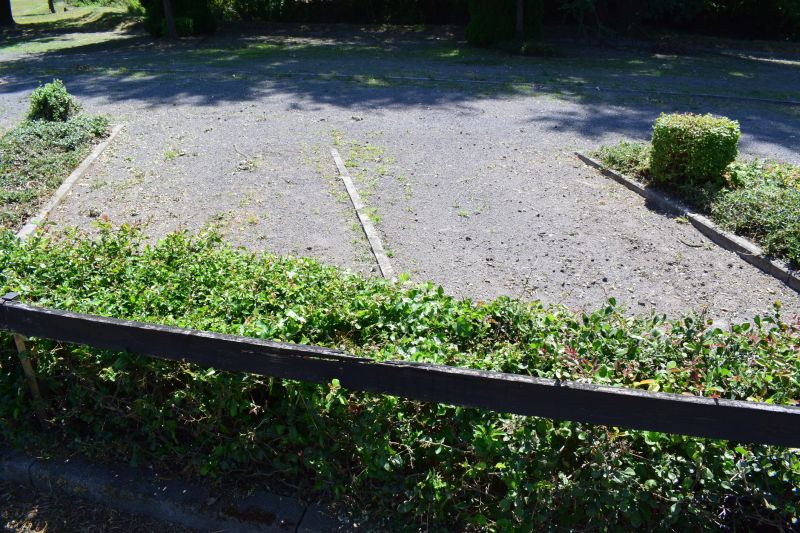Optimal Timing for Skill Gradings
Gradings are essential milestones in martial arts, music, or other skill-based disciplines. They serve as a formal assessment of progress and proficiency. Timing of gradings can influence skill development, motivation, and readiness for higher levels.
Many organizations schedule gradings during specific seasons to align with training cycles and competitions.
Gradings are best when students have achieved consistent progress and meet the required criteria.
Scheduling gradings around tournaments or exams can enhance motivation and showcase skills.
Timing also depends on instructor schedules and facility availability.

Students practicing their techniques for upcoming gradings.

Participants receiving their belts during a grading ceremony.

A class focused on preparing students for gradings.

Ways to make Gradings work in tight or awkward layouts.

Popular materials for Gradings and why they hold up over time.

Simple add-ons that improve Gradings without blowing the budget.
| Factor | Consideration |
|---|---|
| Season | Spring and fall often align with training cycles. |
| Student Readiness | Progress and confidence levels influence timing. |
| Competition Schedule | Avoid scheduling near major competitions. |
| Instructor Availability | Ensure qualified instructors are available. |
| Facility Access | Check for open scheduling periods. |
| Assessment Goals | Align grading with skill development milestones. |
| Community Events | Coordinate with local tournaments or showcases. |
Gradings provide a structured way to measure progress and motivate continued learning. They also serve as opportunities for students to demonstrate their skills and receive recognition for their efforts. Proper timing can maximize benefits, ensuring students are adequately prepared and motivated.
Statistics indicate that students who participate in well-timed gradings tend to show higher engagement and retention. Regular assessments help identify areas for improvement and set clear goals for advancement. Timing should consider individual progress as well as organizational schedules to create a balanced and effective grading process.

A student receiving a belt after a successful assessment.

Instructor reviewing student progress before grading.

Students celebrating their achievements post-grading.

High-end options that actually feel worth it for Gradings.

Finishes and colors that play nicely with Gradings.

Little measurements that prevent headaches on Gradings day.
Interested individuals are encouraged to contact for more information about scheduling gradings. Proper timing and preparation can enhance the experience and outcomes for all participants.
